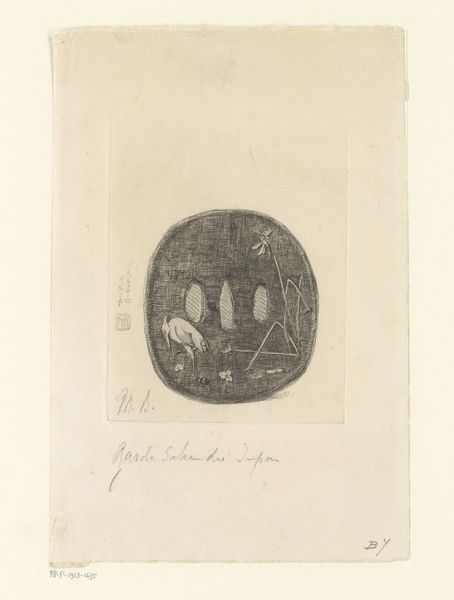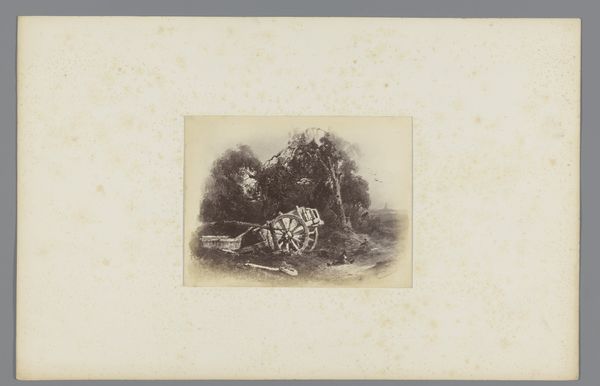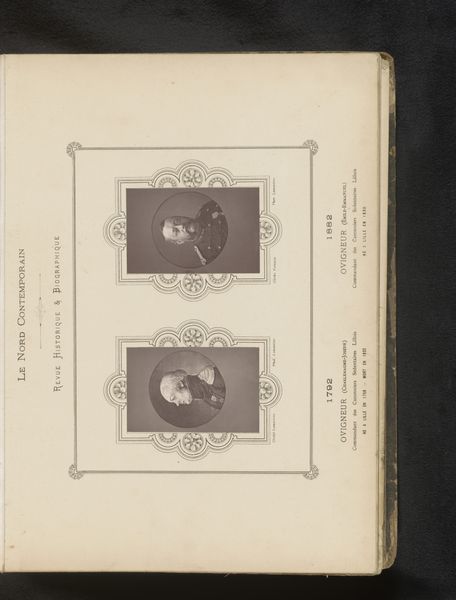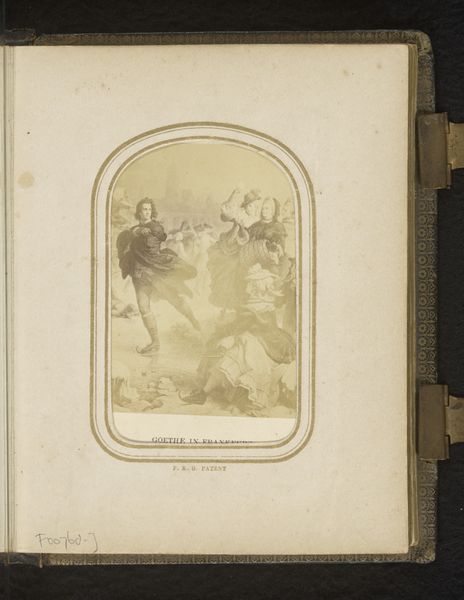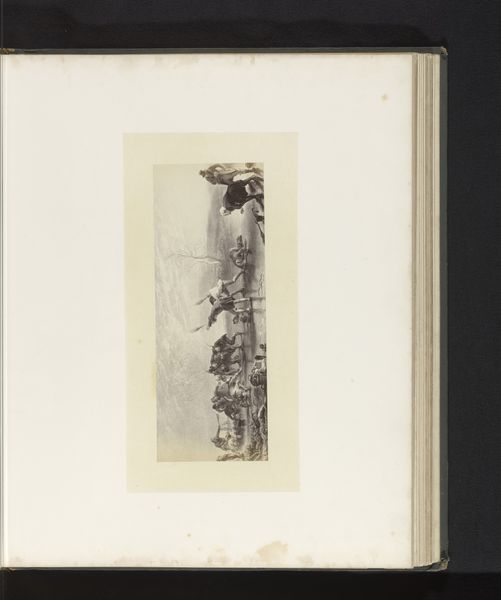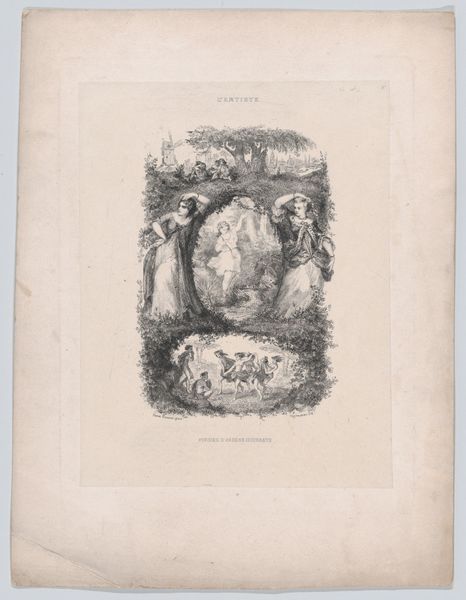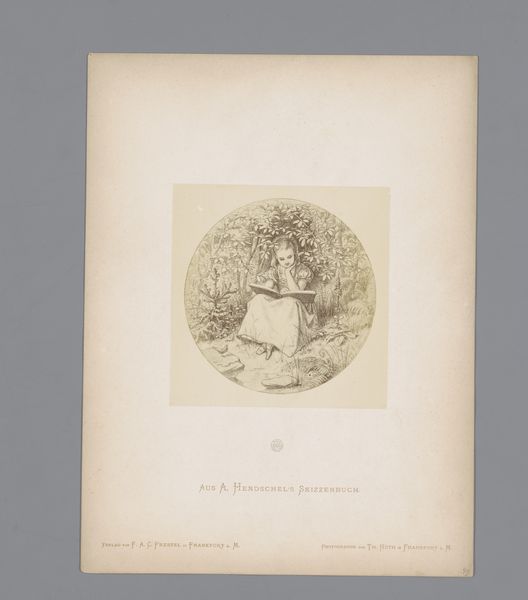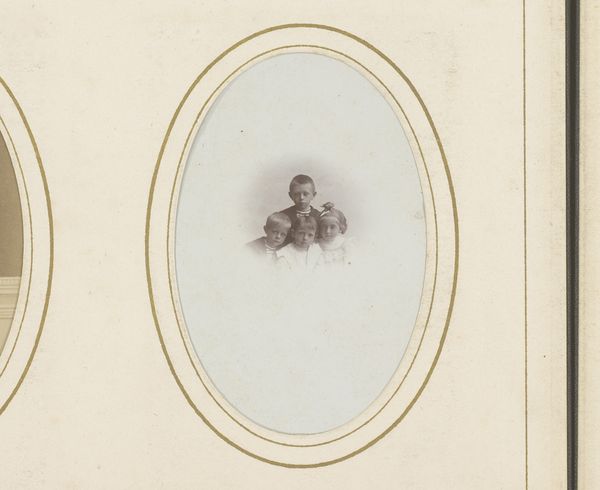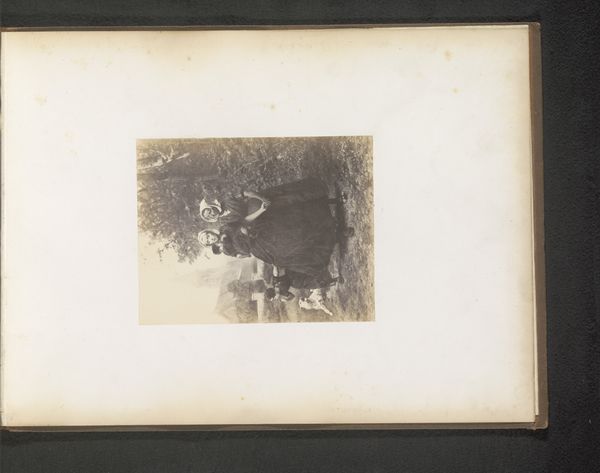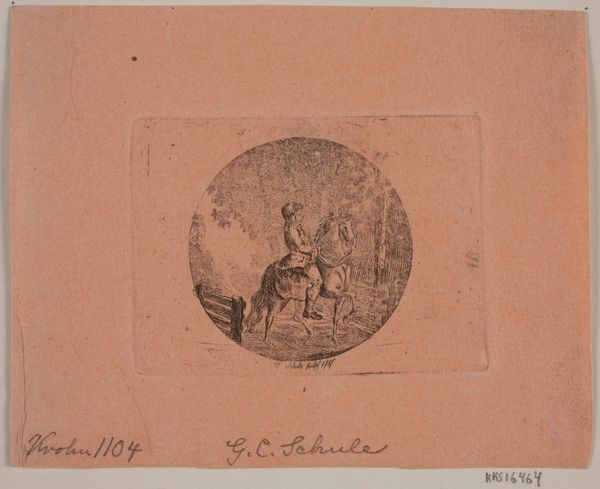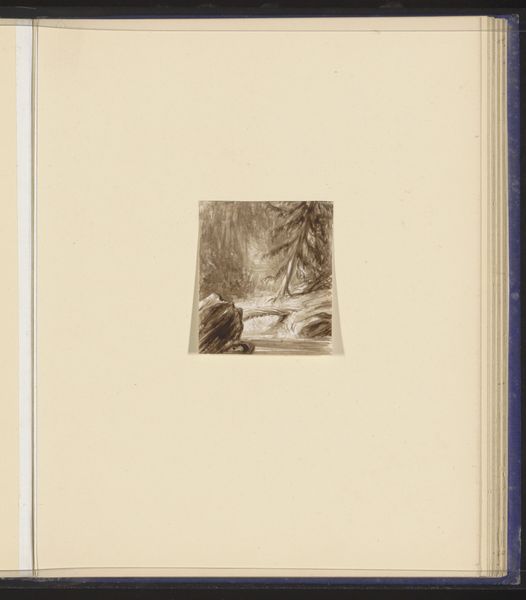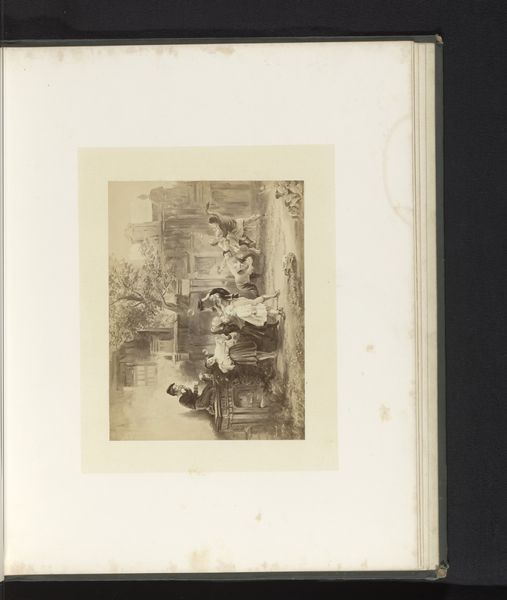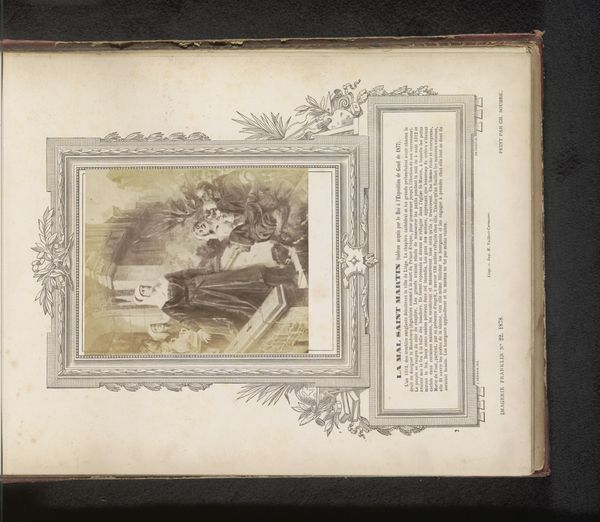
St. Maartenskapel (Barbarossa-ruïne) op de Valkhof in Nijmegen 1870
0:00
0:00
photography, gelatin-silver-print
#
landscape
#
house
#
photography
#
romanesque
#
gelatin-silver-print
Dimensions: height 82 mm, width 51 mm
Copyright: Rijks Museum: Open Domain
Editor: Here we have a gelatin silver print from 1870, titled "St. Maartenskapel (Barbarossa-ruïne) op de Valkhof in Nijmegen," attributed to Julius Cornelius Schaarwächter. The image depicts what looks like the ruins of a Romanesque chapel. There's a real sense of ghostly presence, amplified by the monochrome and the surrounding foliage. What catches your eye most in this photograph? Curator: It whispers to me, doesn't it? This isn't just a record of a ruin, it’s a meditation on time, on memory. The Barbarossa ruins...imagine the weight of history nestled within those stones. Do you see how the photographer uses light? It's not harsh, it’s diffused, almost like a veil. This, I think, lends to your point of the ‘ghostly presence’. A photographer deciding to render it this way, a ruin with softened edges, speaks of respect and reverence. Almost like he's revealing a secret he wasn’t meant to know. Editor: I hadn’t thought about that...almost like uncovering a cherished memory rather than documenting a historical site. What’s particularly intriguing is the choice of photography at a time when painting still reigned supreme in capturing landscapes and ruins. Was Schaarwächter making a statement? Curator: Perhaps, in his own quiet way. Photography in 1870 had become more than just a scientific marvel, and a true avenue for artistry. While a painter might embellish or interpret a scene, Schaarwächter uses the inherent 'truthfulness' of the medium to, paradoxically, evoke a deeper emotional response. Instead of recreating history, he’s offering an atmosphere, a mood, an experience of being there. Editor: So, instead of a literal representation, it’s an invitation to feel the weight of the past? Curator: Exactly. It invites you to linger, to imagine. Now I'm curious; Does it do that for you? Does it work? Editor: It absolutely does. I initially saw only a crumbling ruin, but now I sense a powerful connection to history. It's less about what *was*, and more about what *remains* – and what we project onto those remains. Curator: Yes, precisely. It is an interesting trick to reflect on and has opened me to a slightly alternate read of the work, too.
Comments
No comments
Be the first to comment and join the conversation on the ultimate creative platform.
